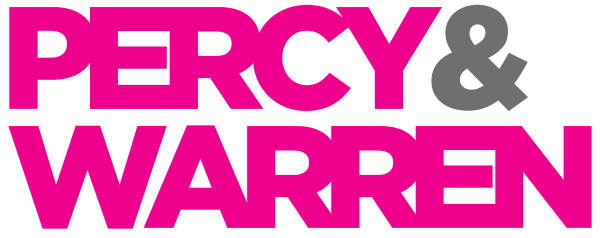This month, Thomas Urbye, CEO of The Look, explores the challenges arising in post-production from the lack of clearly defined roles and suggests how to overcome these hurdles.

During the lockdown, the weekly UK Screen Alliance Zoom meetings – which discussed the impacts of the pandemic – showed that the sector now employed serious business minded and employee focused people, and I found these meetings very rewarding and reassuring. Recently though, I was chatting with a post-production supervisor who remarked that a couple of industry contacts, in various specialisms, have left the sector because it was “toxic”.
In the twenty years I’ve been working in film and television, I’ve rarely met anyone I thought of as toxic. Toxicity can manifest itself when people feel that they have to strongly defend their position due to a fear that their ego could be damaged; as such, they can be toxic to a team’s dynamic.
In my view, the challenges of a post-production vendor have mostly arisen from the lack of clearly defining the roles that each member of the post-production process will take ownership of, whether that is from us as vendors or the production company, broadcasters, VFX vendors or the post producers, post supervisors and VFX post producers employed on freelance contracts.
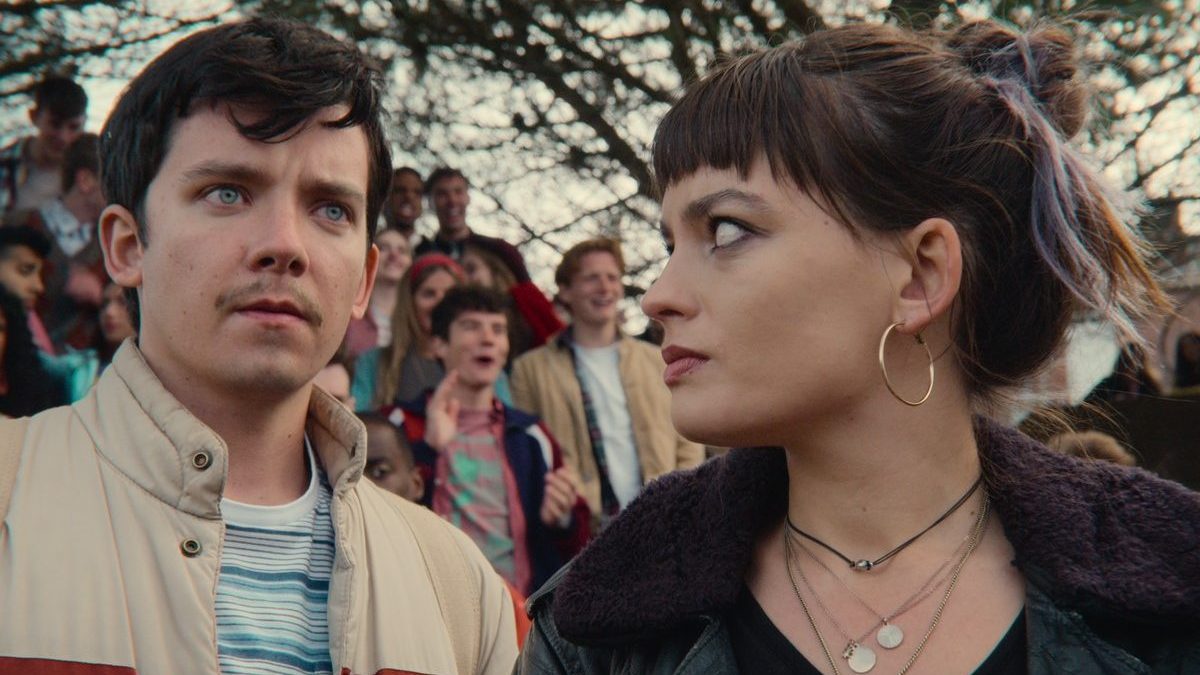
Courtesy of Netflix
The common theme we discuss internally, and with many of the teams at other post-production companies, is how do we mitigate challenges at the delivery stage on a project? Here, VFX shots are still outstanding from multiple vendors, and new ones are being pulled close to deadline. Broadcasters add ever more deliverables or changing them, directors make further trims to the edit and there is lots of information via email, phone and in-person. This is where a well-organised, clearly defined post-production team comes in to its own.
Modern High-End television series have gone from a few VFX shots per episode (mostly clean-ups), to huge 200+ VFX and 200+ Online shots per episode. As such, an eight part series essentially becomes eight mini feature films, with each episode having directors eager for their episode to have as much care and investment as the first. In these instances, clear roles and responsibilities are needed between the various stakeholders. However, due to the nature of the parties changing on every project, this becomes more challenging to introduce.
A practical example is the producing and supervising teams may be hands-off on one project, agreeing to work with a post or VFX vendor’s project management tools, but not being present for client reviews. On other occasions, teams will bring their own spreadsheets and ways of working, which may not align easily with the vendor. The former can leave vendors with unanswered questions and exposed to differing voices, including the ever increasing number of executive producers making direct work requests. With the latter, a vendor’s tried and tested, customised tools are made redundant and this can lead to more errors and out-of-date information when a project is moving at a very fast pace.
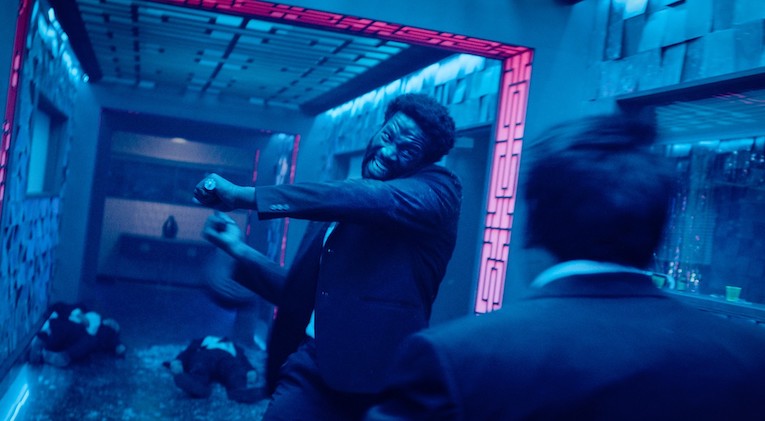
Courtesy of Sky
As production companies have looked to split off the responsibility of VFX shot management to VFX coordinators, this can lead to more confusion on who is arranging what – who books the VFX review time, who manages the director’s time throughout post-production, is it one person or many? When are directors shown versions and where? When the production companies have their own permanent heads of post-production – and broadcasters too – where does their role start and end, how macro or micro do these people need to be?
Often all the stakeholders learn the project dynamics as they progress through post; parties try to communicate, build rapport and understand where they can help cover bases. Unfortunately, if this conversation of roles and responsibilities is raised too early in the process, it can be seen as dictatorial. Likewise, when it comes up much later, perhaps when some things have fallen through the cracks, it can feel judgemental, as if the parties are pointing fingers.
The role of the post producer, or supervisor, is complex, as it involves managing expectations upwards, sideways and down. Director’s demands, combined with ever tightening deadlines means decisions are left to the last possible moment. If a vendor is genuinely not able to perform a task as quickly as the parties would like, it is important that there is an understanding rather than a confrontation. Rushing only leads to errors in delivery quality.
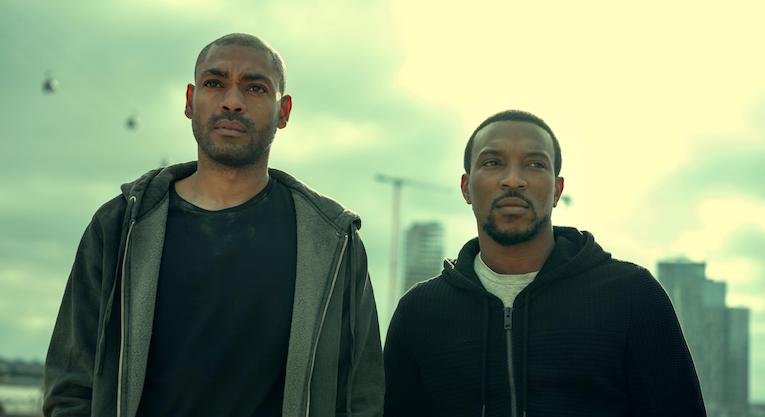
Courtesy of Netflix
The ideal, for any production company, would be that the freelance consultants and vendors they employ, only work on their project for months at a time. For vendors and consultants, the cost to the production company would increase the costs of the post-production by many multiples, so much so that it would be impossible to fund it. Even with other projects seamlessly laid out at the start of shooting, schedules always change. Vendors have to navigate how much work to take on to be able to do an excellent job, but also, be able pay their own people, turn a profit and stay in business. However, planning accurately in post-production is impossible; schedules and decisions are delayed – the only thing that is inevitable is change itself.
For any business and project to run smoothly then, we must create the environment for efficient team working. Each stakeholder needs to know what their job description and role involves, and it needs to be clear to those around them. For modern post-production to be able to tackle ever more complex projects, all of the parties will need to define the tasks that need to be done, starting with the job description set by the production companies to the freelance post producing teams, as well as the vendors. Ultimately, it is the production company and the series producer that the parties all answer too – as the phrase goes, the person with the gold makes the rules.
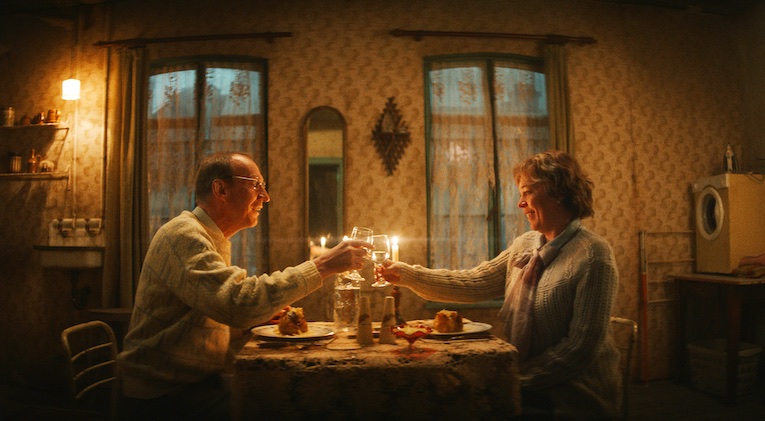
Courtesy of Sky/HBO
As each freelance team will differ in their way of working, as a vendor, we must mould our working to theirs, ensuring that all the tasks required are covered by someone in the process. At times, mistakes will be made, but this should not in turn be an opportunity to find fault in the people, but a chance to re-look at the process. The best collaborators are the ones who understand that those involved are all human. When this is achieved early on in any project, it will always run smoother and this applies to any industry.
So, if you find yourself thinking, “how did this project get so difficult?”, see if the above played a part and if clearly defining roles and responsibilities would have helped.
Finally then, a call to action for all involved. Ask the stakeholders to get around a table early on and work out all the aspects of a given project. From there, be ready to overcome the challenges together. Work as a united team with the same common goals to deliver the project to the best it can be, without toxicity, and with fun along the way.
